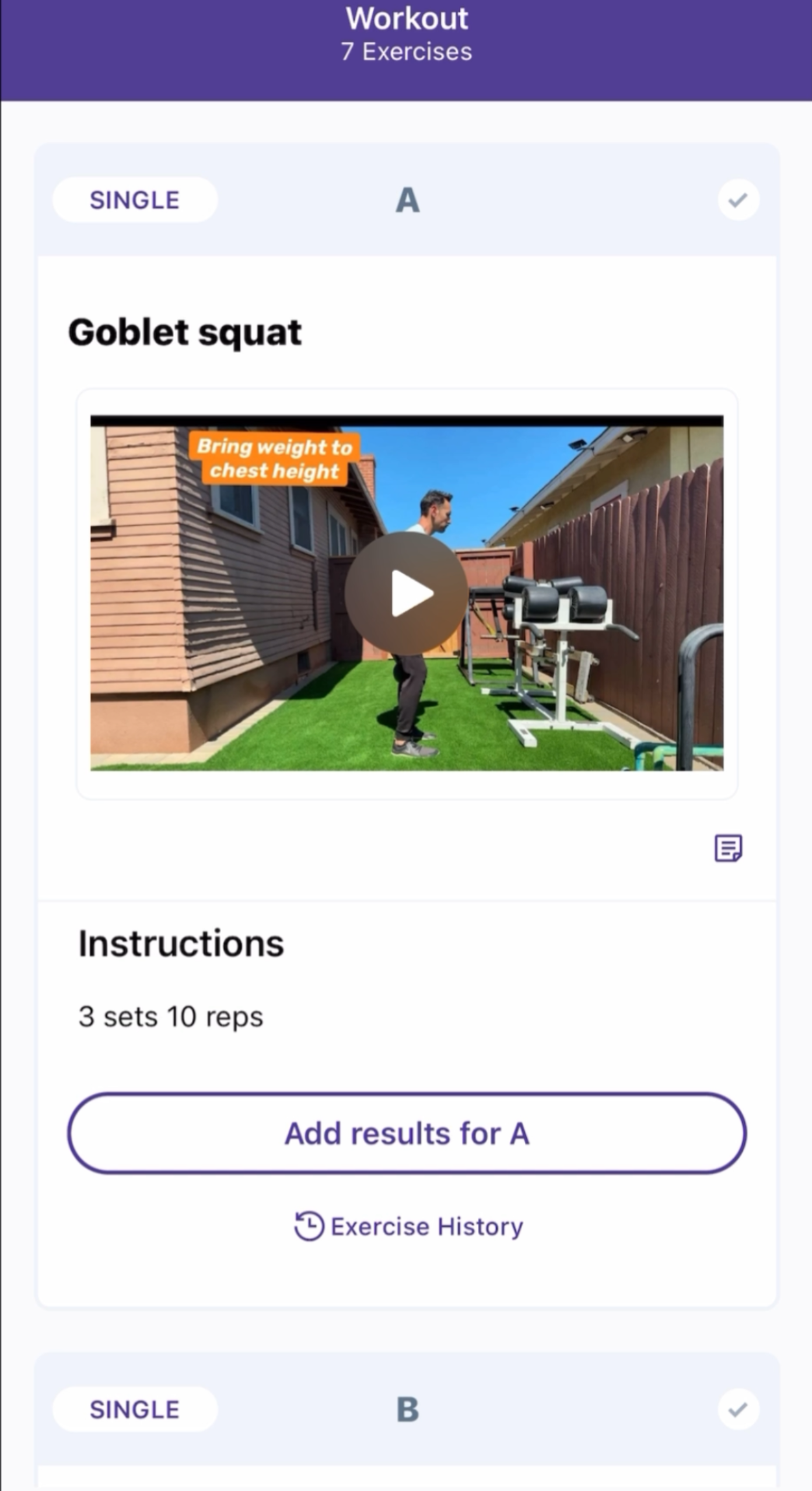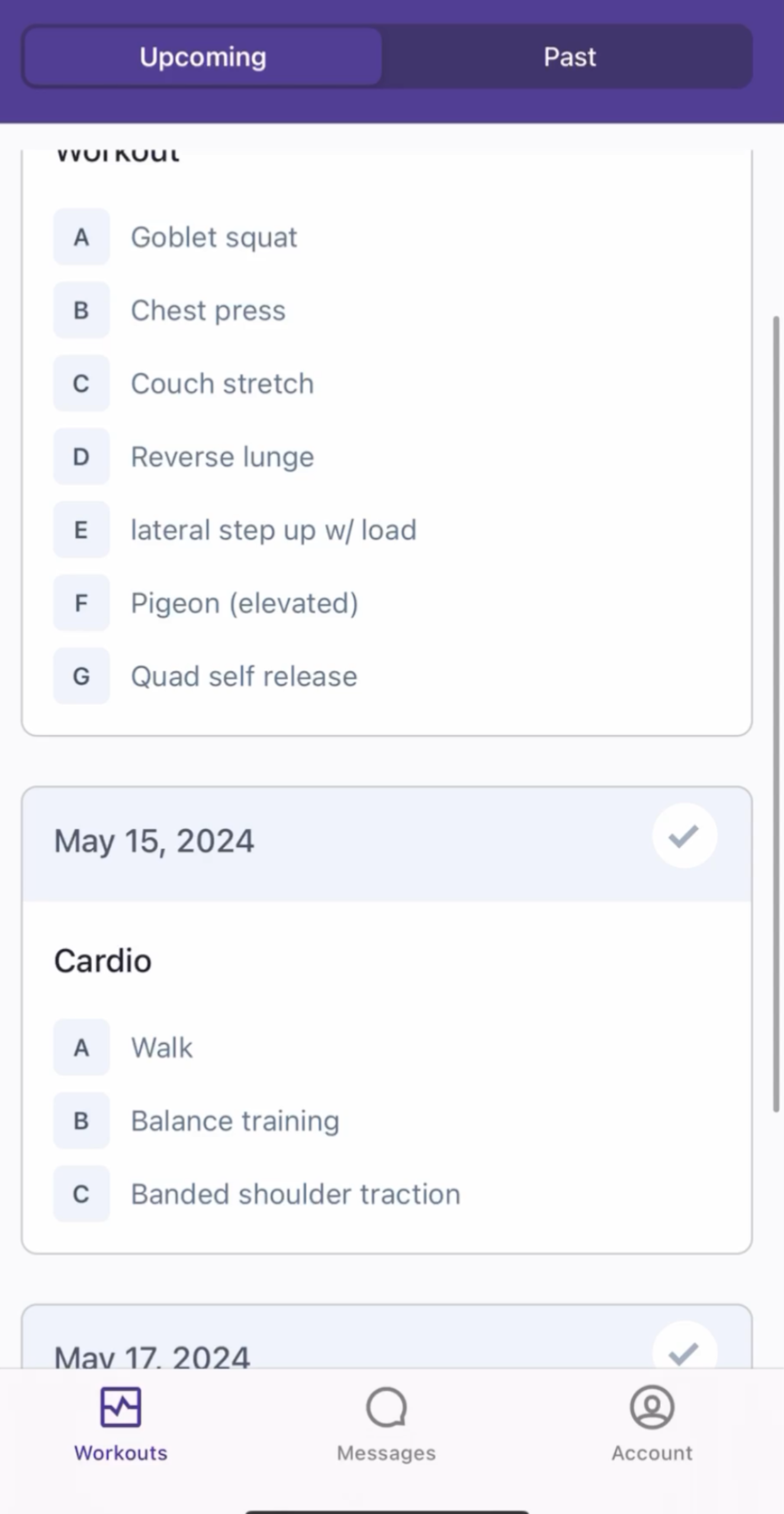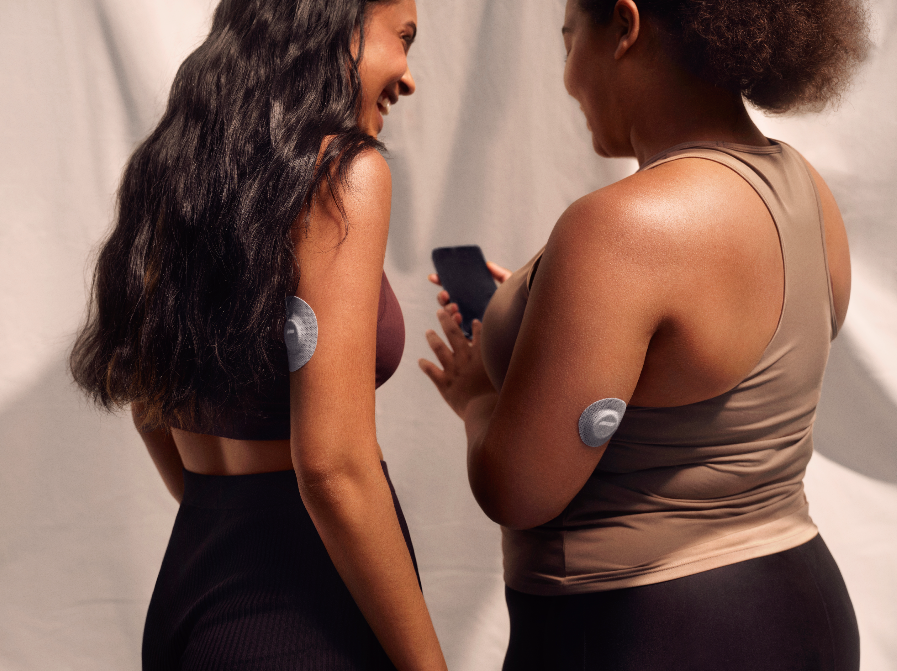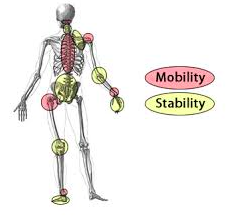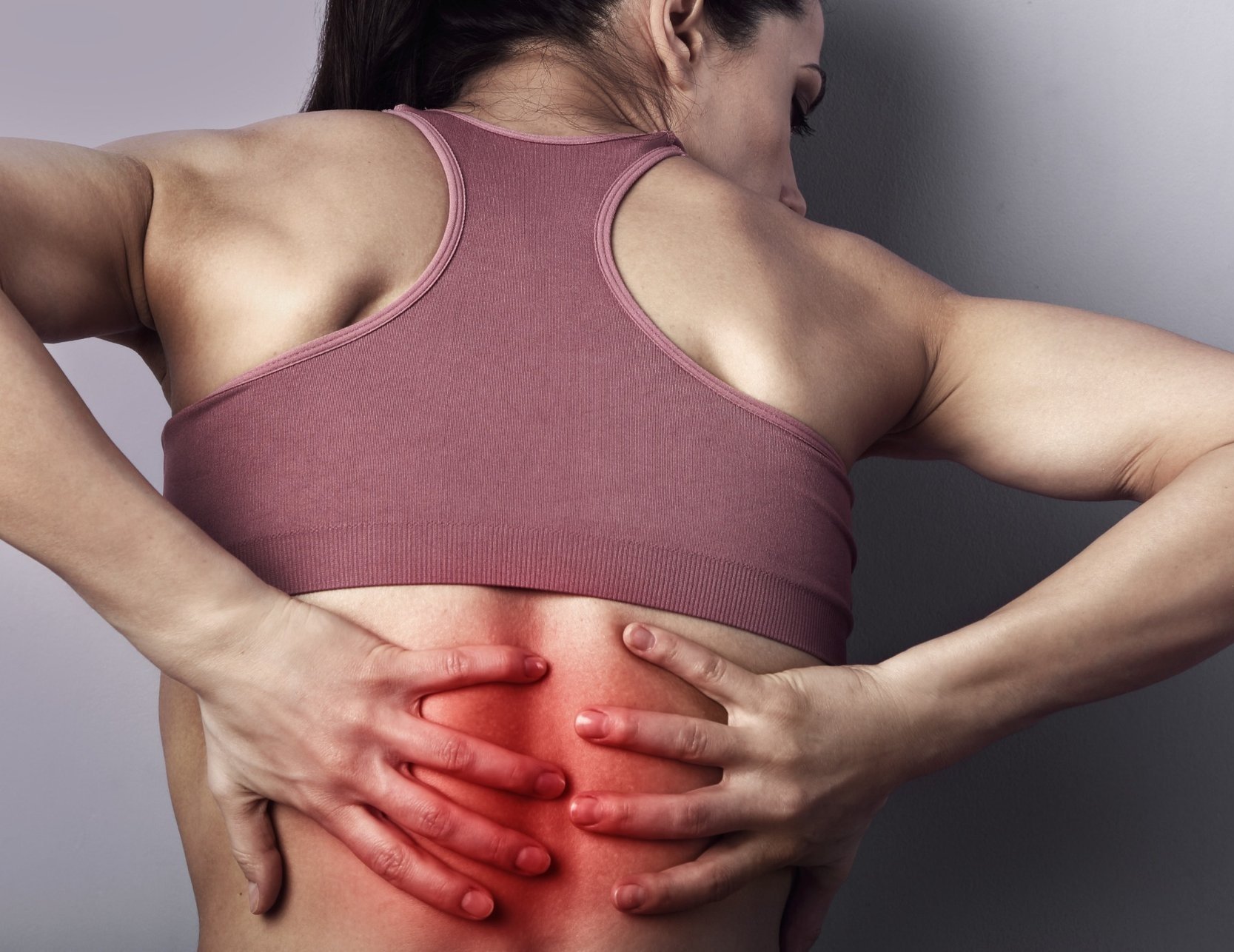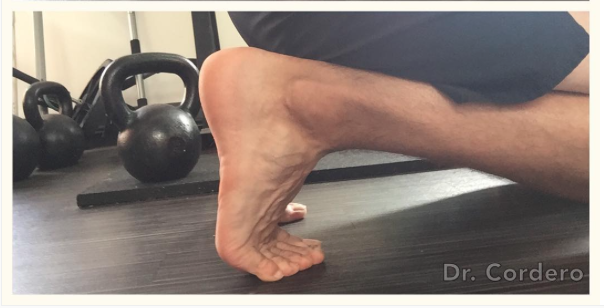Online is often more effective than in person personal training
In today's fast-paced world, achieving your fitness goals can seem like an uphill battle. But with the rise of online coaching, reaching your full potential has never been more accessible. At Health Shift, we offer a range of online coaching programs designed to empower you to transform your health and fitness from anywhere, at any time.
Benefits of Online Coaching:
Convenience: Access personalized coaching and support from the comfort of your own home or wherever you may be.
Flexibility: Fit workouts and coaching sessions into your busy schedule, making it easier to stay consistent and committed.
Personalized Guidance: Receive tailored guidance and support from experienced coaches who understand your unique needs and goals.
Accountability: Stay on track with your goals through regular check-ins and accountability from your coach.
Cost-Effective: Enjoy the benefits of expert coaching at a fraction of the cost of traditional in-person training.
Our Online Coaching Programs:
Injury Rehab: Recover from injuries and prevent future ones with personalized rehab programs tailored to your specific needs.
Fitness: Achieve your fitness goals with customized workout plans designed to challenge and motivate you.
Weight Loss: Say goodbye to fad diets and unsustainable approaches. Our online weight loss program focuses on habit changes for long-term results.
At Health Shift, we believe in the power of habit changes over meal plans. By focusing on sustainable lifestyle changes, we help you develop healthier habits that last a lifetime, leading to lasting results.
Ready to take the first step towards a healthier, fitter you? Schedule a free consultation with Dr. Daniel Cordero D.C. today and discover how online coaching can unlock your full potential.
Schedule Your Free Consultation Today!
Don't let your fitness goals remain out of reach. Take advantage of our free consultation offer and embark on a journey towards a healthier, happier you. Schedule your consultation now and let's make your fitness dreams a reality.
